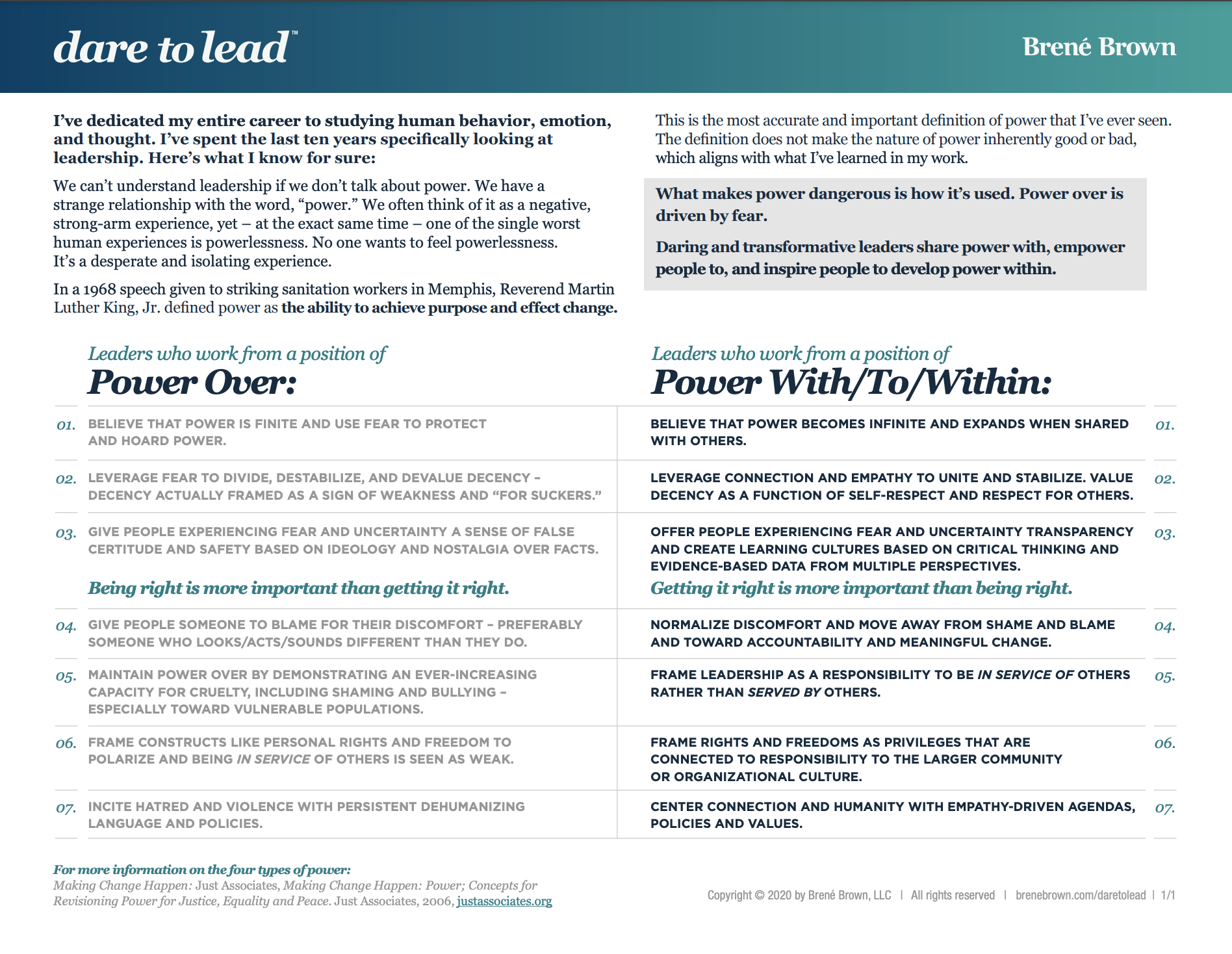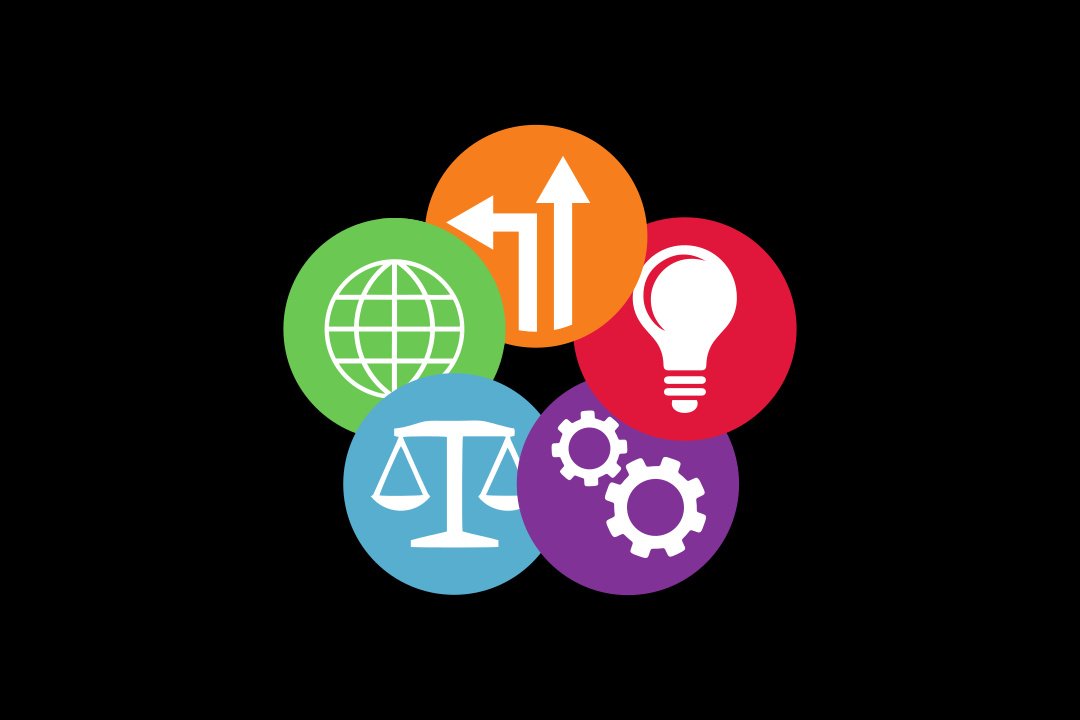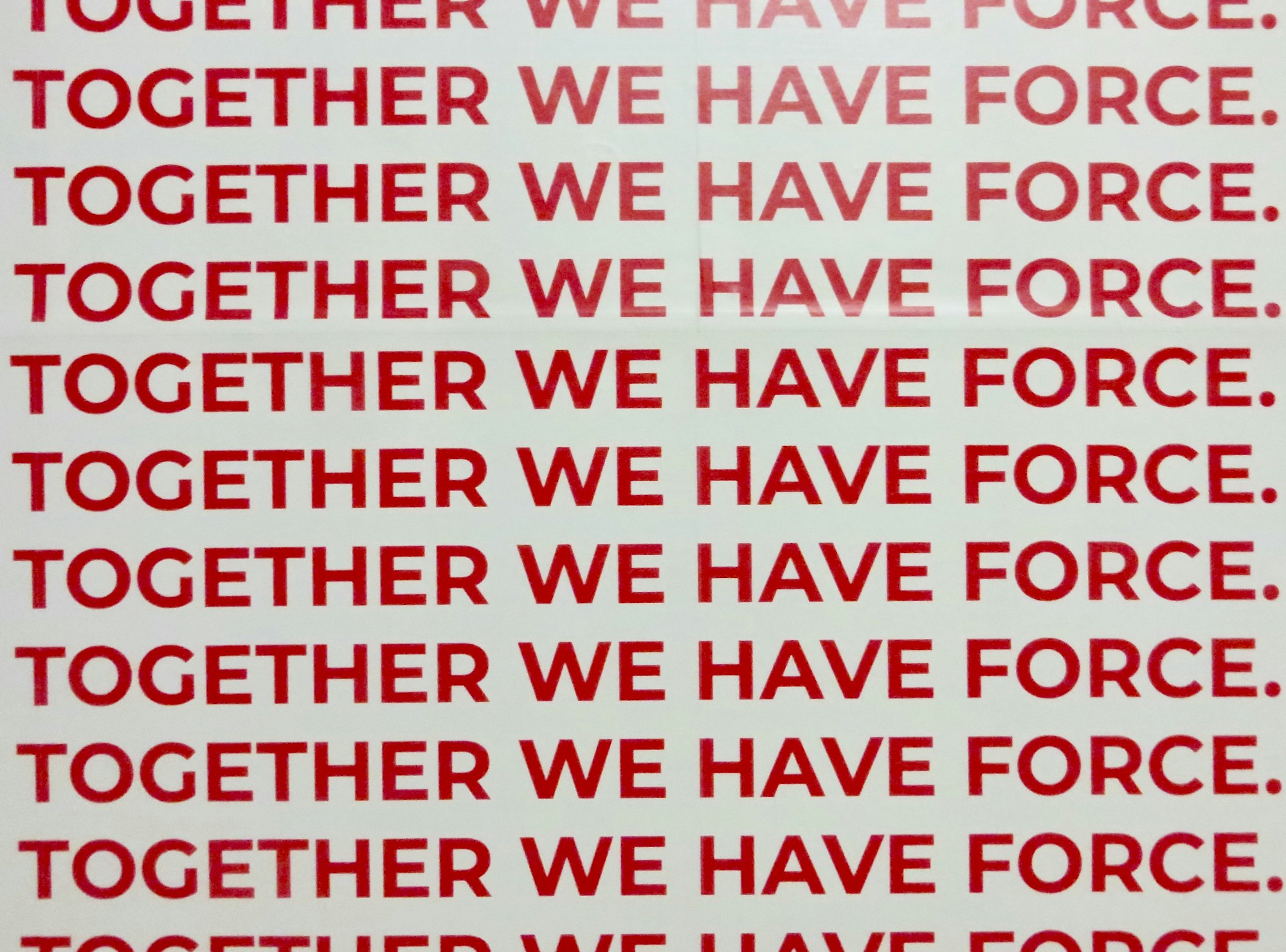Being deliberate about how power is distributed and used is vital for scaling a business. Without that focus you'll end up with unhelpful informal power structures that impede scaling.
Power tripping. Power games. Power hungry.
All too often we talk about power negatively in businesses.
But how we can use power to achieve growth goals is an opportunity for scaling businesses.
Businesses are complex systems. And power is our capacity to move energy through that organisational system. (h/t to Larissa Conte for that definition).
Everyone working in a business uses power - it's all around us as we work. It is contextual to a particular situation and time.
Power exists in the relationships that we hold with other people in businesses. This is where power moves from being a latent thing to being an active force in business growth.
Or in other words, to get stuff done at work we need to collaborate with other people. We hold relationships with those people and the power influences what goes on a lot.
To be more conscious of how we use power in business, we need to think about the different types of power that we have.
Way back in 1959 John French and Bertram Raven defined five types of power and then added another type a few years later:
- Legitimate - where someone has the formal right within a system to make demands of others. They expect them to act in line with those demands. Traditional manager/subordinate relationships have plenty of this kind of power.
- Reward - where someone can give a reward for taking a particular course of action or achieving a certain result. A CEO giving a bonus to an exec for hitting a goal is a classic example.
- Expert - where someone has the capacity to influence because of skills or knowledge they have. Think of a deeply respected specialist in a business and they'll typically have lots of expert power.
- Referent – a type of power where other people are drawn towards the holder of power. Think about someone in business with a clear vision or purpose that people are willing to choose to coalesce around - that's referent power in play.
- Coercive – this is where someone has the power to use punishment or threat to get others to behave in a certain way.
- Informational – where someone shares or withholds information they have to influence others.
Think about the role you have in your business. You should be able to identify which sources of power you have a lot of and which you have less of.
But what does this mean for businesses that are scaling?
To set a business up to scale there are some important things to do to ensure we use power to support scaling:
- Recognise how formal and informal power exists in the business. Go beyond the structure chart and think about how things really get done.
- Have open conversations to surface the types and uses of power you have going on in your business. Think about how they relate to organisational values, culture and the experience you want staff and customers to have.
- Set power boundaries so people use power towards the business's goals. For example develop clear decision-making processes or governance structures. These provide clear boundaries for people using power in their everyday work.
Traditional organisations use hierarchy as the primary means to manage power. The concentration of legitimate, reward, coercive and informational power increases towards the top of the organisational pyramid. Power is typically seen as a finite resource to hoard and protect.
Progressive and agile organisations find ways to define different types of power structures. These distribute power more evenly across the business. They recognise the value that this brings. They see power as a limitless source of potential for growth in their people and business.
There's no single right way to do this. What's important to enable rapid scaling is finding ways that work for your business. And recognising these ways of managing power will evolve on the scaling journey.
The alternative is an unhealthy organisation that lacks power boundaries. This absence of boundaries leads to inadvertent or sometimes deliberate misuse of power.
If you don't formalise power structures, you'll end up with informal ones proliferating. These will soon become a drag on scaling the business.
Set boundaries for the use of power in a way that is appropriate for your business. Do this for the organisation you are now and and the organisation you want to become as the business scales.
Talking about power is nothing new.
In 1924 scholar and polymath Mary Parker Follett's wrote:
Genuine power can only be grown, it will slip from every arbitrary hand that grasps it; for genuine power is not coercive control, but coactive control. Coercive power is the curse of the universe; coactive power, the enrichment and advancement of every human soul.
She sees coactive power as a positive source of growth.
More recently we've seen this thinking developed into a paradigm of "power over" to "power with" at work. Check out this useful one pager from Brene Brown:

The "power with" paradigm is how scaling businesses can turbocharge growth. It's how you can tap into the latent potential of people, wherever they are in the business, to help achieve rapid growth.
Decentralising power and sharing it amongst team members is a start. Set them boundaries for what it's ok to decide on and what process you want them to follow when making a decision.
Make discussions about power and consciously using it part of your organisational narrative. Done well, this opens up growth mindsets and provides more fuel for the business to push forward.
Core concept - power
Questions to ask now
- How do your senior leaders think about and work with power?
- Think about your top two or three goals as a business. What types of power are necessary to achieve these goals and who has those powers now?
- When something goes wrong in your business how does it get resolved? How does this reflect how power is used by people in the business?
Get deeper into this
1. Much that's written on power can be too academic for leaders in scaling businesses. This is the most accessible book I've read on power:

And a short video from the author summarising key themes:
2. Power can be hard to visualise and talk about. Borrowing from the world of advocacy, power mapping is one way to make power more tangible:

3. An interesting podcast on the psychology of power and influence at work:

4. And a reminder about what power does to people:







